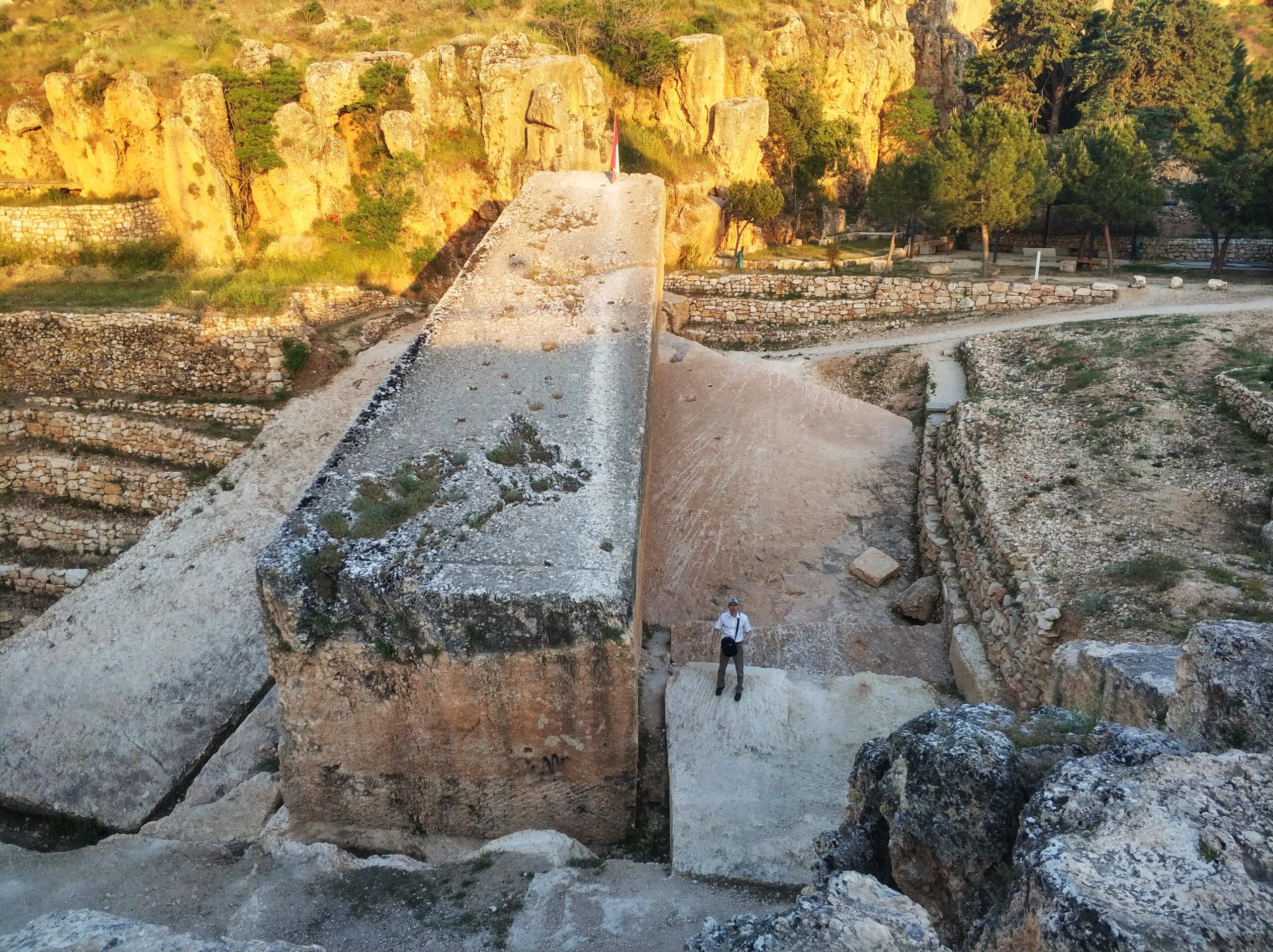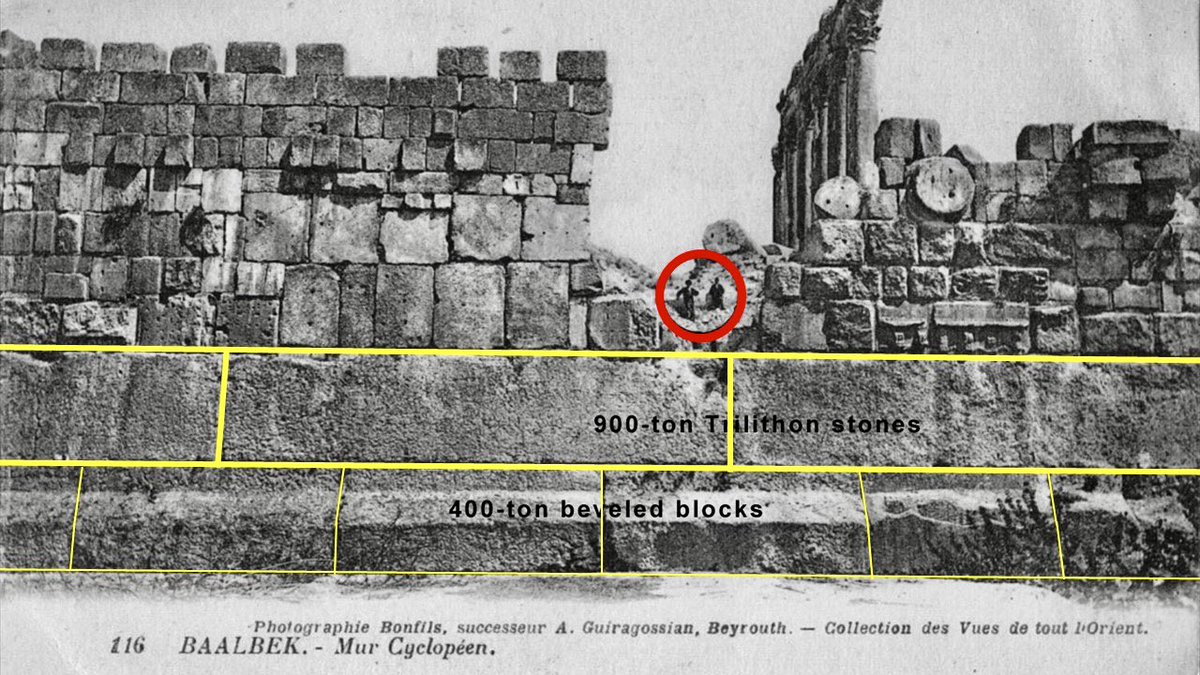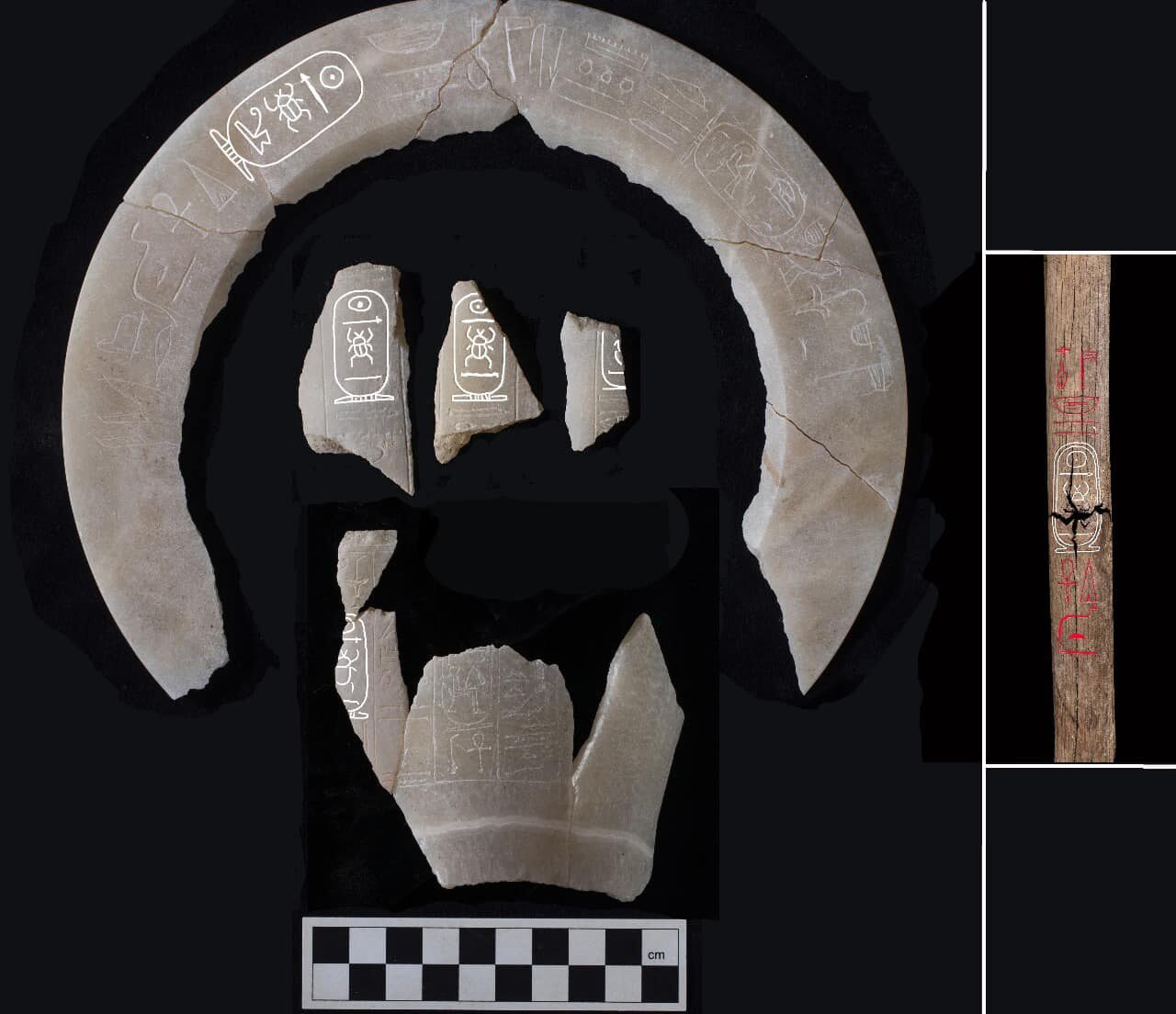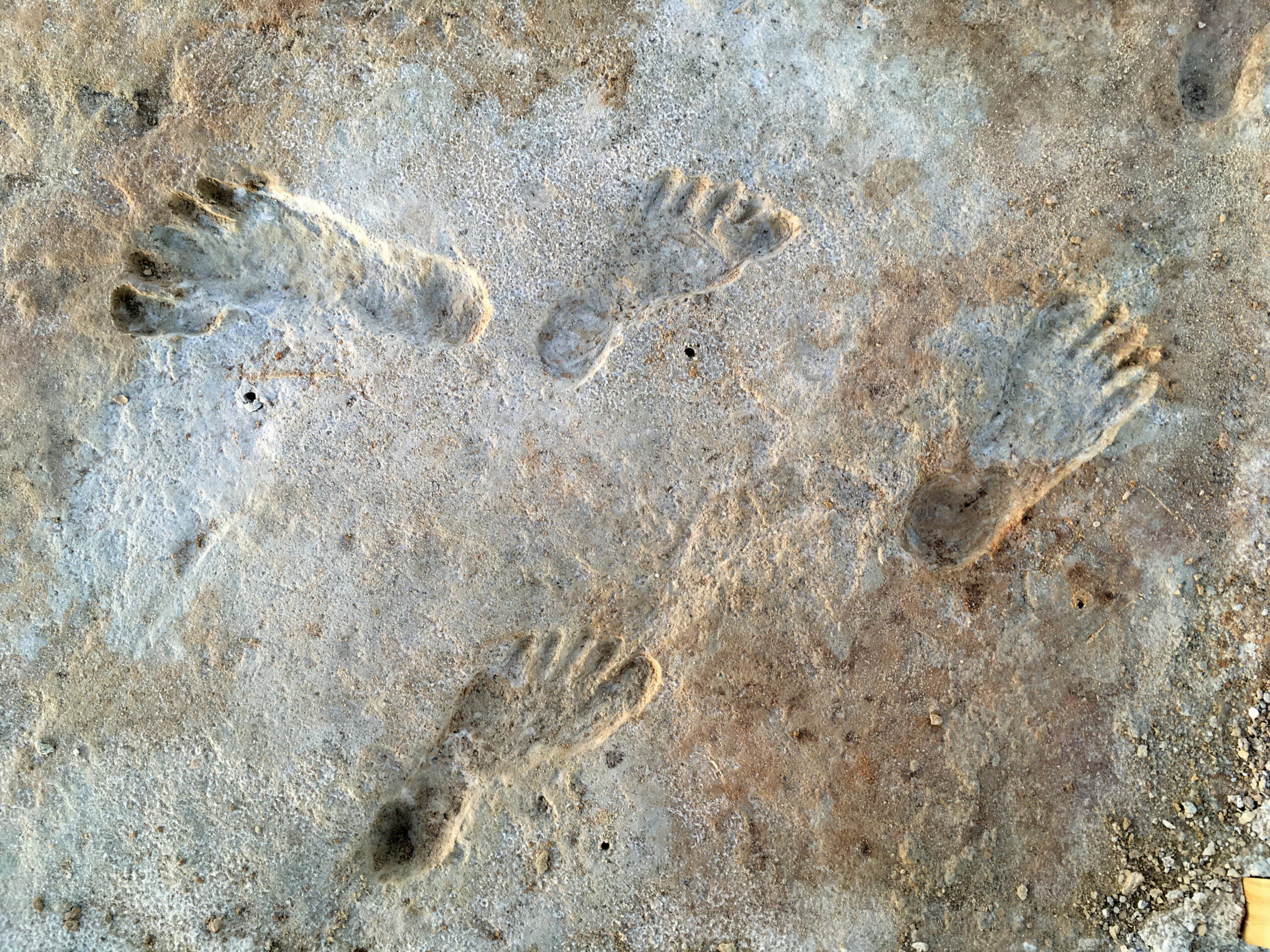
In Lebanon’s Bekaa Valley, beneath the Roman ruins of Baalbek, rest the Baalbek Megaliths, massive stones that defy easy explanation. Discovered during excavations in the 19th century, these blocks, like the 1,650-ton “Stone of the Pregnant Woman,” sit in a quarry near temples built around 60 BC. Yet their size and precision suggest a pre-Roman origin, possibly from 9000 BC or earlier, predating known builders. Consequently, this site sparks wonder about ancient skills long forgotten.
The Baalbek Megaliths’ Staggering Scale

Archaeologists first uncovered these stones over 150 years ago, revealing slabs up to 70 feet long, 14 feet high, and 12 feet thick, dwarfing Roman efforts above. For instance, the trilogy of stones in the Temple of Jupiter’s base, each around 800 tons, ranks among the heaviest ever lifted. Meanwhile, the nearby quarry holds even larger blocks, left mid-cut. Could a lost culture have moved them before Rome arrived? Indeed, their sheer mass hints at techniques we can’t yet grasp.
Building the Baalbek Megaliths
Crafting these megaliths took more than muscle, as workers shaped limestone with uncanny accuracy using tools unseen in Roman records. Estimates suggest cutting and placing them dates back to 9000 BCE, based on weathering and geological clues, though no texts confirm this. Moreover, moving 1,650 tons over rough terrain baffles modern engineers, even with cranes. Perhaps they rolled them on logs or used levers we haven’t traced. That mystery fuels talk of a high-tech past.
A Pre-Roman Puzzle

Romans built atop these stones around 60 BC, naming the site Heliopolis, yet the Baalbek Megaliths predate their style by millennia. Some scholars, like Michel Alouf in the 1920s, argue a Bronze Age or older civilization laid them, while others credit Phoenicians or even earlier locals. However, no nearby culture matches the scale. Did a forgotten flood bury their tools and tales? For now, that gap keeps the debate alive and kicking.
Why They Matter Today
Today, Baalbek stands as a UNESCO World Heritage site, and the Baalbek Megaliths draw visitors and researchers to Lebanon’s valley. Unlike Roman relics, their pre-Roman roots challenge history’s timeline, pushing us to rethink ancient know-how. Future digs might uncover clues to their makers or methods, so the site remains a live question. Ultimately, these stones remind us of a past still waiting to speak.







